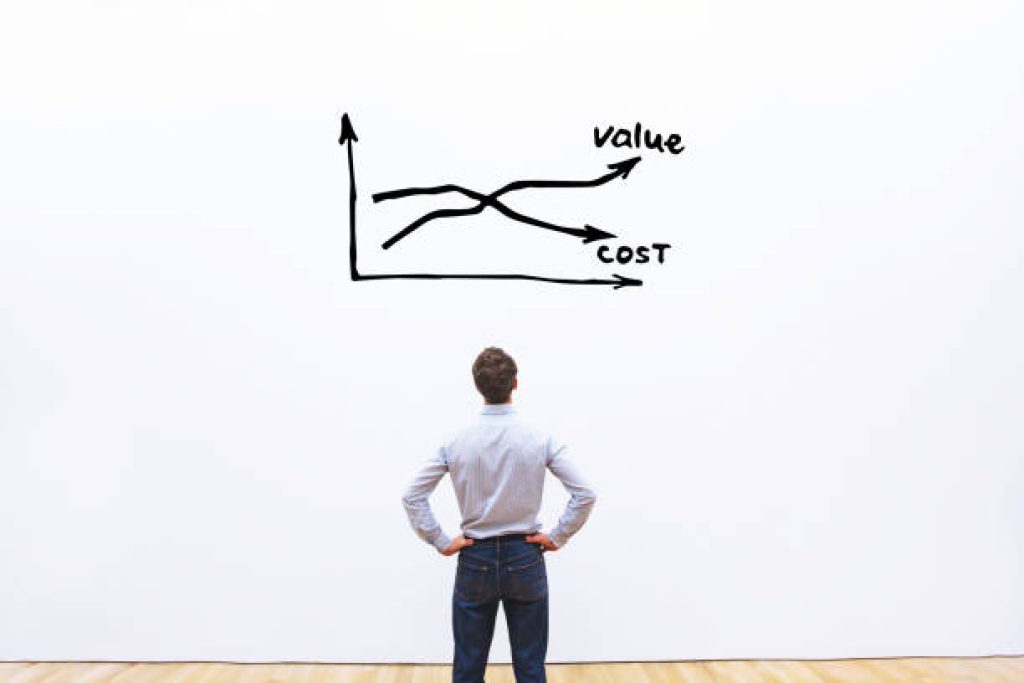Understanding Long-Term Cost
In today’s dynamic business landscape, understanding the long-term costs associated with any venture is crucial for strategic decision-making. Whether you are a startup or an established enterprise, a clear comprehension of the factors contributing to long-term costs is imperative. In this comprehensive guide, we delve into the intricacies of long-term costs, shedding light on key aspects that can significantly impact your financial sustainability.
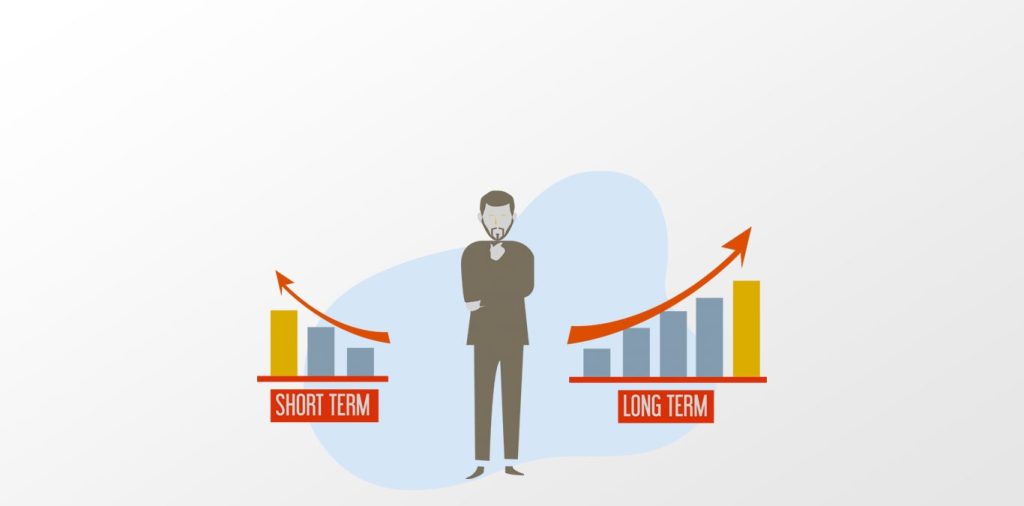
Defining Long-Term Costs
Long-term costs encompass a wide array of expenditures that extend beyond immediate operational expenses. These costs play a pivotal role in shaping the financial trajectory of a business. From capital investments to maintenance and scalability considerations, businesses must navigate these factors with foresight.
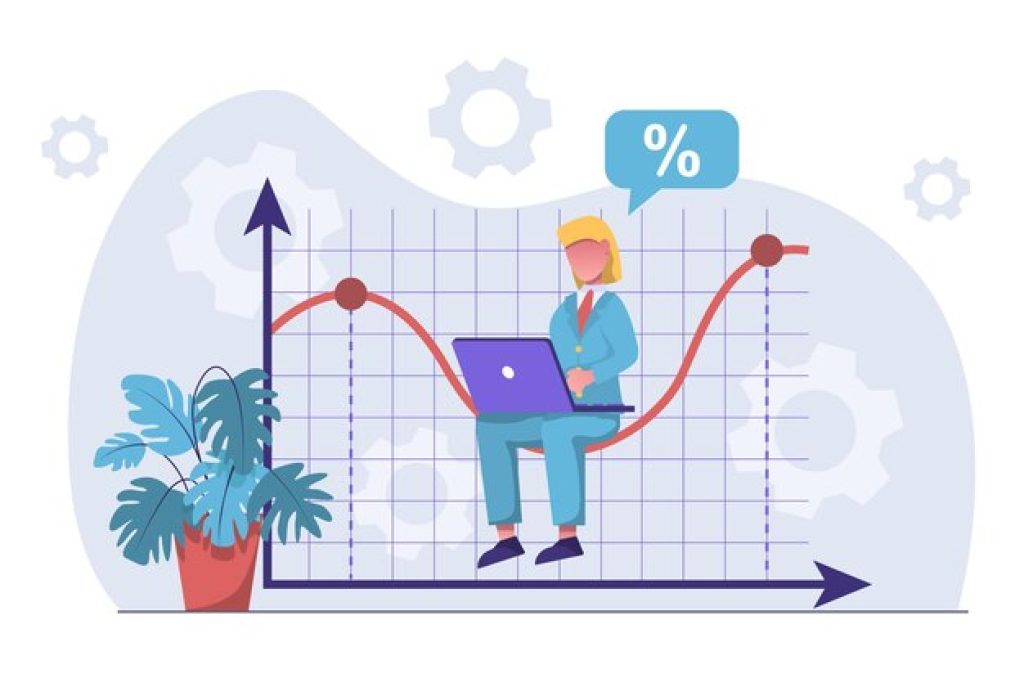
Capital Expenditures: Laying the Foundation
Infrastructure Investments
Investing in robust infrastructure is the bedrock of long-term success. Whether it’s physical facilities or digital frameworks, a well-thought-out infrastructure not only supports current operations but also positions the business for future growth. Consider the scalability and adaptability of your infrastructure to mitigate unforeseen challenges.

Technological Investments
In today’s tech-driven era, staying ahead necessitates strategic technological investments. From advanced software solutions to state-of-the-art machinery, leveraging technology enhances efficiency and competitiveness. Factor in not only the initial costs but also the long-term benefits and potential upgrades to stay technologically resilient.

Operational and Maintenance Costs: Sustaining Efficiency
Regular Maintenance Protocols
To ensure operational continuity, a proactive approach to maintenance is paramount. Regular equipment maintenance, software updates, and facility upkeep contribute to longevity and mitigate the risk of unforeseen disruptions. Allocate resources wisely to avoid reactive, costly measures.

Workforce Training and Development
Investing in the continuous development of your workforce is an investment in the future. Well-trained employees contribute to efficiency, innovation, and adaptability. Consider long-term training programs that align with industry advancements and the evolving needs of your business.
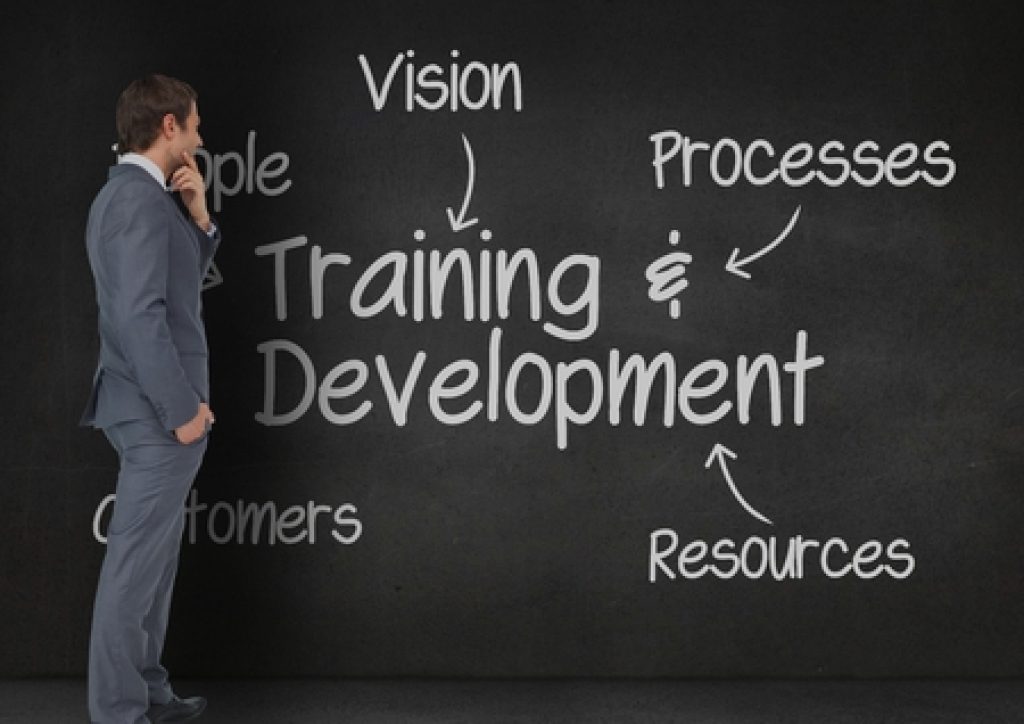
Scalability Considerations: Anticipating Growth
Flexible Scalability Models
As your business evolves, scalability becomes a key determinant of long-term success. Implement flexible scalability models that allow your operations to grow seamlessly. This involves anticipating future demands, understanding market trends, and aligning your business model with sustainable expansion.
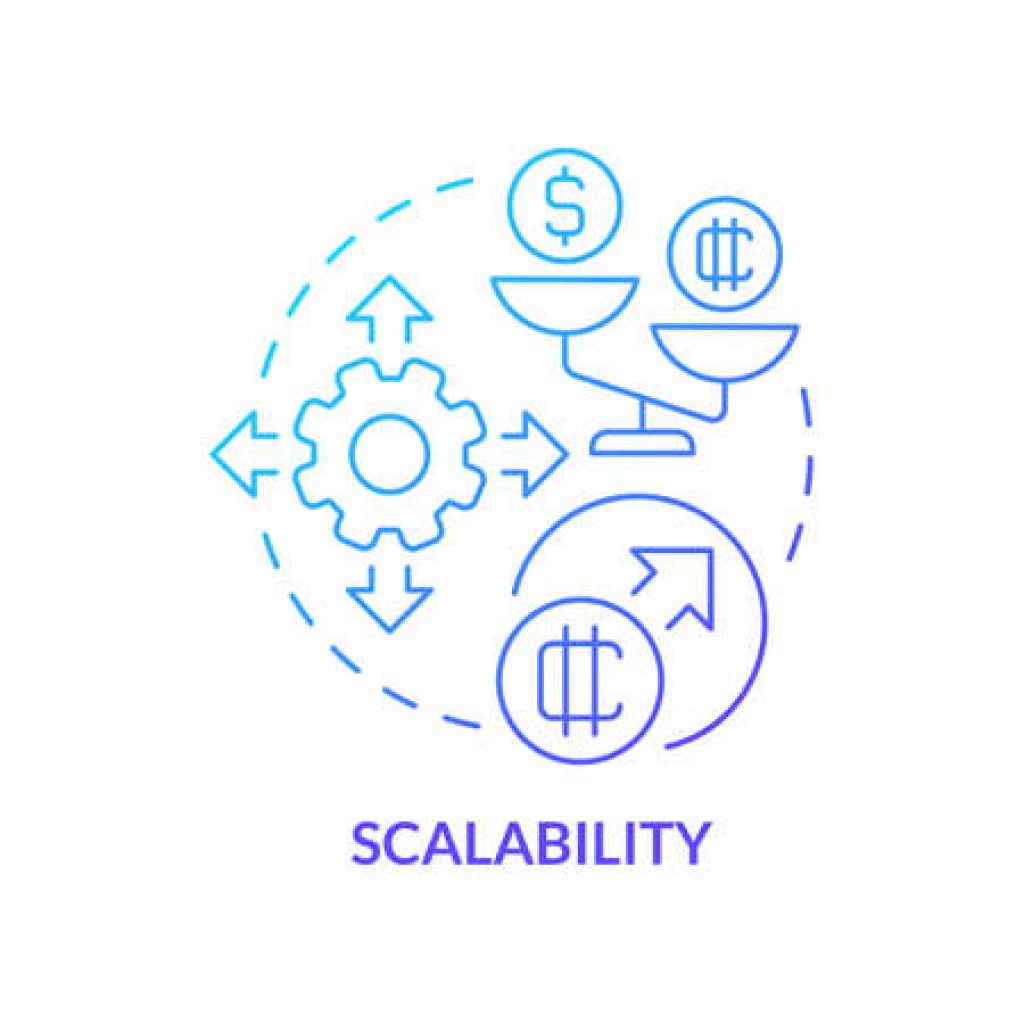
Market Analysis for Strategic Growth
Incorporate thorough market analysis into your long-term planning. Identify potential areas for expansion, emerging trends, and shifts in consumer behavior. By aligning your growth strategies with market dynamics, you position your business to thrive in the long run.

Financial Planning and Risk Mitigation
Robust Financial Planning
Developing a comprehensive financial plan is the cornerstone of navigating long-term costs. Consider factors such as cash flow management, budget allocation, and financial forecasting. A proactive approach to financial planning empowers you to make informed decisions and navigate economic uncertainties.

Risk Mitigation Strategies
Anticipate and mitigate potential risks that could impact your long-term costs. From economic downturns to industry-specific challenges, a robust risk mitigation strategy safeguards your financial health. Diversify revenue streams, stay informed on industry trends, and maintain agility to adapt to changing circumstances.

Conclusion
In conclusion, a holistic understanding of long-term costs is indispensable for sustainable business growth. By strategically approaching capital expenditures, operational efficiency, scalability, and financial planning, businesses can position themselves as resilient players in their respective industries. Continuous adaptation, informed decision-making, and a proactive mindset are key elements that will set you on the path to long-term success.
